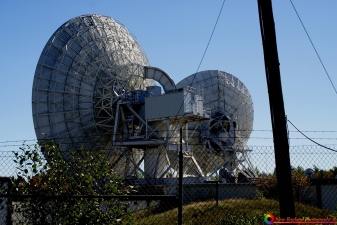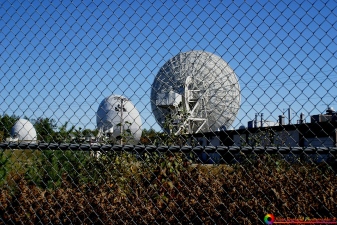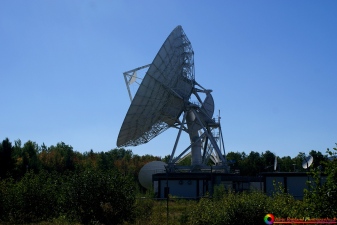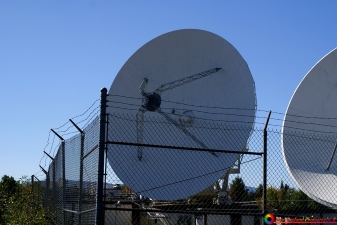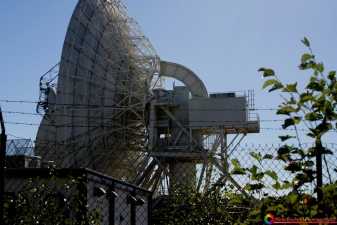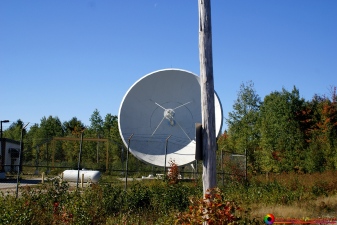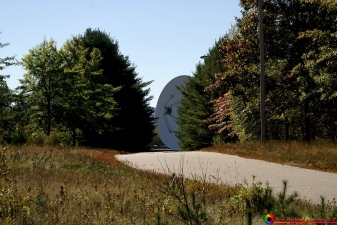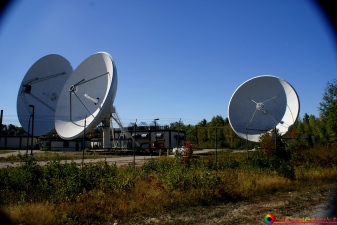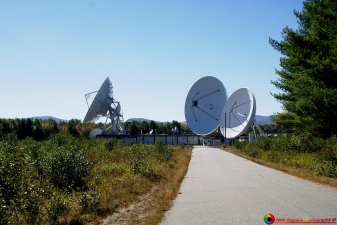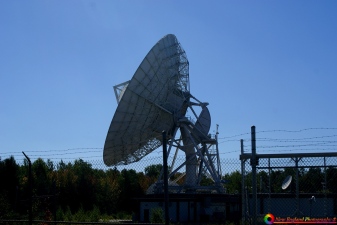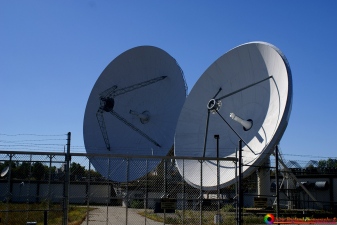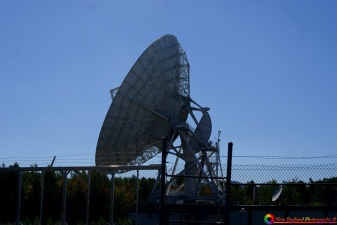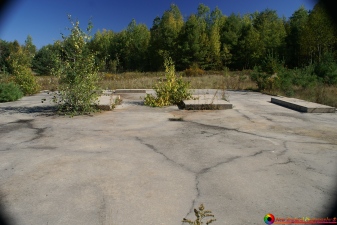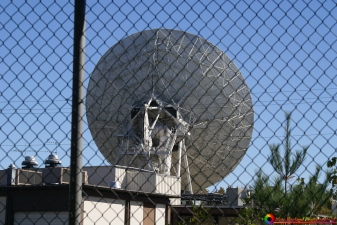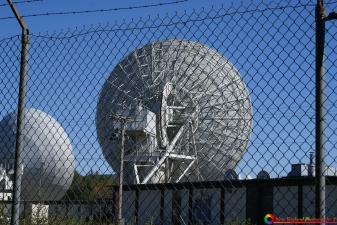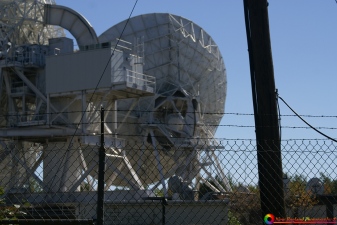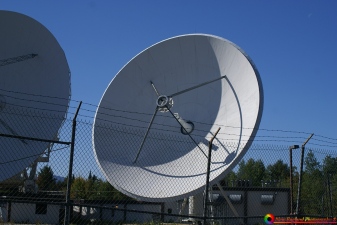Andover Earth Station, Andover Maine.

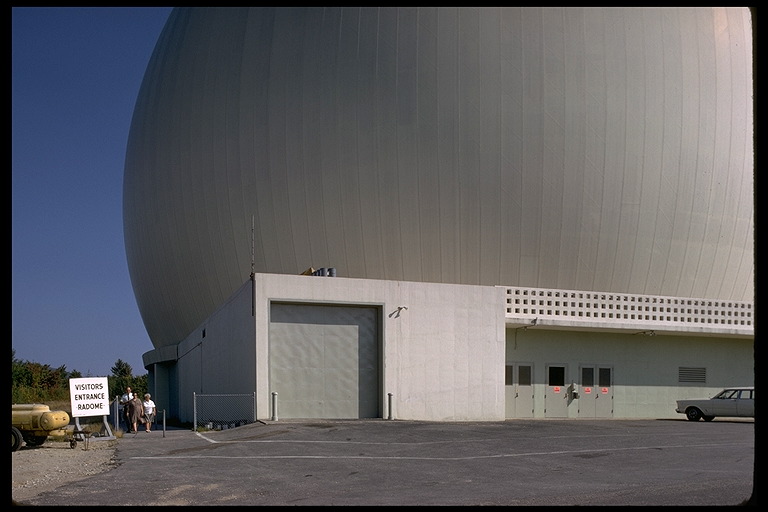
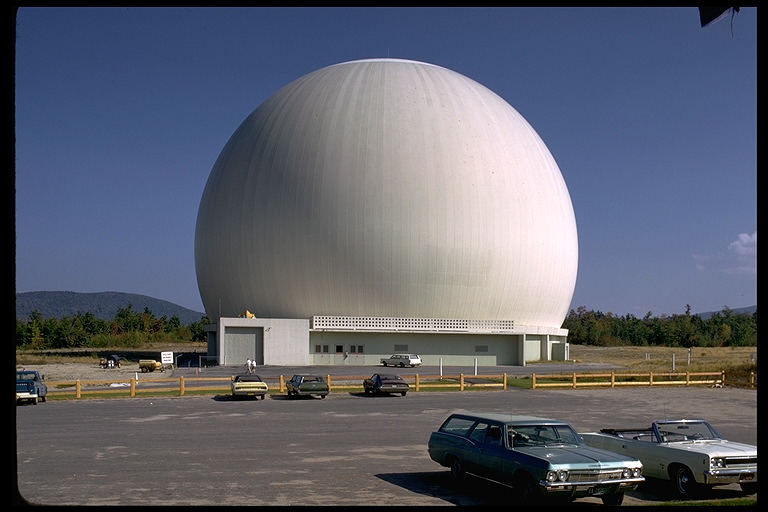
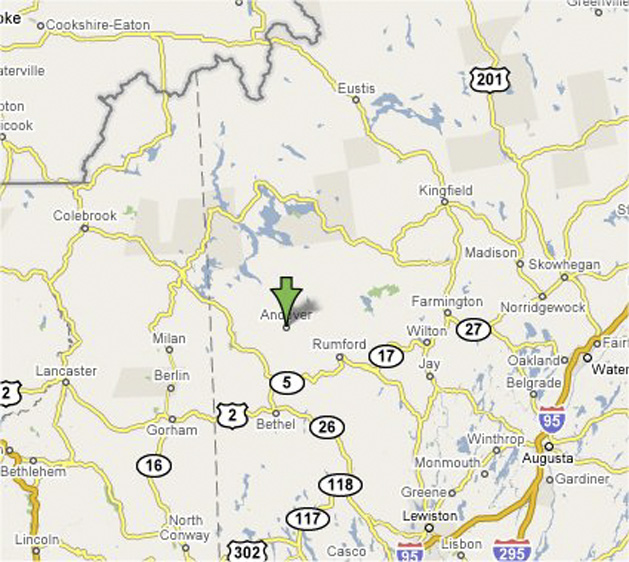
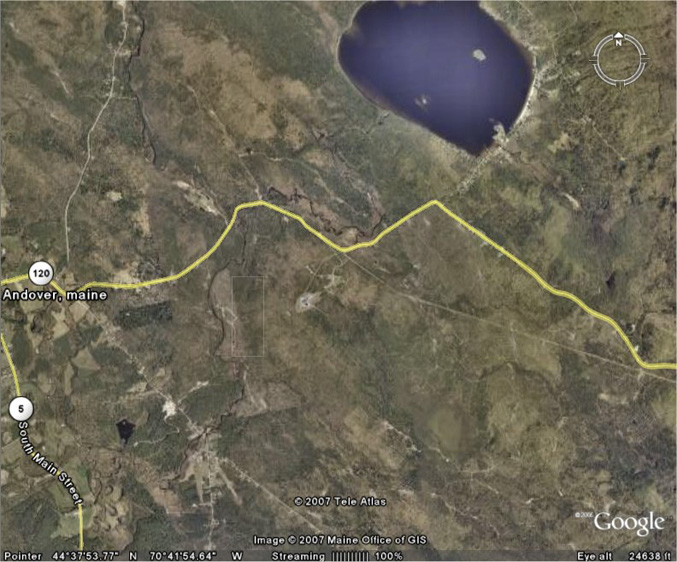
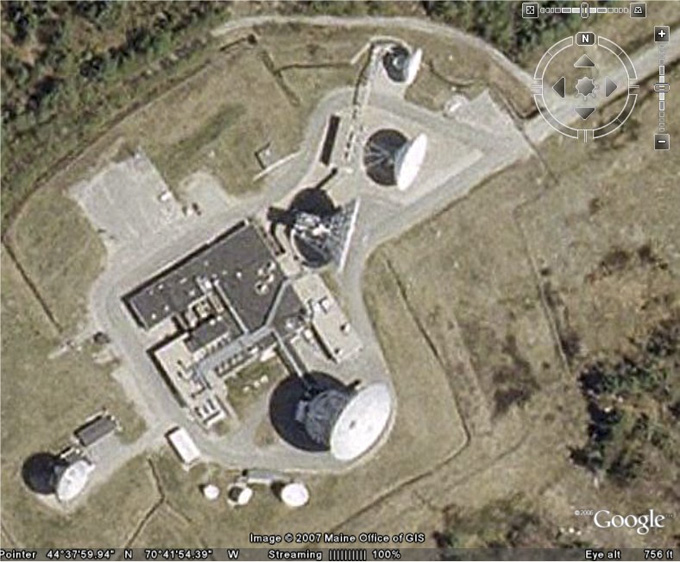
Andover, Maine Earth Station Circa: 1962
Andover Earth Station is a satellite earth station located at 44°37?58.0?N, 70°41?57.0?W). The location was selected by AT&T in December 1960. The main factors were the topography of the land and the radio interference signal level. Other factors included a location in the Northeastern United States to give a short great circle path to Western Europe, it was located close enough to existing transcontinental radio relay television and telephone routes to facilitate interconnection. In addition, the site had to be large enough to accommodate an antenna structure and control building, and provide for expansion, if necessary.
Land was purchased in January, 1961, and construction of the complex began on May 1. Building construction was completed and the equipment was installed in February 1962. The Ground Station was operational in the Spring of 1962. AT&T and Bell Labs initiated, funded, constructed and took the leadership to make this project possible.
The Andover Earth Station was equipped with a giant horn antenna, 7 stories high and weighed 340 tons. To protect it from bad weather, a radome made of Dacron covered the antenna. It was 160 feet (49 m) high, 210 feet (64 m) wide and weighed 30 tons.
Telstar was launched on July 10, 1962 from the Cape Canaveral Air Force Station and went into orbit at 4:46 a.m.. The engineers at the Andover Earth Station would have to wait 15 hours for the satellite, travelling at a rate of 5 miles per second (8 km/s), 3000 miles (4,800 km) above the earth to reach within their “view”. The engineers successfully sent a signal to Telstar, which amplified it 10 billion times and relayed it back to Andover.
Eugene F. O’Neill, Telstar Project Director and IEEE Fellow, oversaw the success of this project at Andover. He noted that one of the challenges was pointing an extremely sharp beam very accurately at the satellite. At 7:17 p.m. he announced, “We’ve acquired Telstar!” At 7:31 p.m. an American flag at Andover appeared on the television screen. Then at 7:47 p.m. engineers at Andover received word that the French site, Pleumeur-Bodou, had received the television picture. History had been made.

